PK Mallick, an Indian Army General, scholar warrior par excellence with his more than two decades of handling specialised domain of Information and Cyber Warfare, has mapped rapid evolution of Information, Cyber and Space aspects of land warfare. Depth of knowledge of PK Mallick makes it easier for the target audience to understand global developments in information and cyber applications in military field. All three different but intricately entwined domains of Information, Cyber and Space have been explained in detailed and very lucid way, in the language that can be understood by a newly commissioned scholar warrior of defence force to the national policy makers. This book is actually edited version of a project work undertaken by the author as part of COAS Chair of Excellence for Center of Land Warfare Studies (CLAWS), Delhi. He has drawn extensive data from American Defence Industry, Chinese pirated developments in the field and what is relevant to Indian Defence Forces. He has also given an overview of developments in Russian Defence Forces as well. Layout of the book has three distinct parts. The first part gives out broad contours of the Project as Executive Summary under chapter heading Abstract, and at the end in Part three, summary of recommendations are given out in clinical way. In between these two parts detailed chapters on information, cyber and space domain aspects are given with relevant references. Therefore, a scholar warrior has an added advantage of going through the subject matter in a very sequential and systematic manner.
On information domain, narrative has been built up by giving out various definitions as given out in Information Warfare doctrine of Indian Defence Forces to remove confusion by giving out their correct contextual meaning. Most important aspect has been underlying statements made by the author that information domain has been weaponised and it occurs on internet. Social media is now a battle space and a low cost affair. This battle does not fall within exclusive geographical boundaries of warring nations but warfare control has been shifted to technological giants and non – state actors. With increasing use of smartphone, human attention is falling below eight seconds which hurts critical thinking. PK Mallick gives out relevant examples of information warfare from ISIS in Iraq, Syria, Israel strike at Gaza in 2011 and Russian operations in Estonia. India is a new entrant in this domain , most of its domain activities are directed inwards rather than towards adversaries. Pakistan and China due to lack of democratic oversights are indulging in very high grade activities.
In case of hostilities, a list giving out charter in cognitive, physical and information domain has been spelt out for both defensive as well as offensive operations. These guidelines will come handy to a commander assigned with information warfare in a theatre. For psychological operations, it recommends engaging professional ethnographers for human terrain analysis of adversary, which appears to be highly specialised and needs out of the box approach by Indian Defence Forces. The author concludes this chapter with a quote from Joseph Nye, in the information age; it’s not just whose army wins but whose story wins.
On cyber domain, the chapter is repository of knowledge. Author professes that cyber weapons are written in computer code. Weapon reach is unrestricted due to absence of international agreement on how to prevent use of cyber weapons. While China has made giant strides in Cyber domain, Strategic Support Force of China raised in 2015 has consolidated and integrated all previously disparate cyber, electronic, space and psychological warfare units under a unified command structure, resulting in their supremacy in the domain as compared to India. According to the autor India is still under beauracratic control and in a catch up mode. General PK Mallick gives out exhaustive illustrations and case studies from Estonia, cyber attack on Syrian Nuclear Plant by Israel, Georgia, Black Energy, Operation Cast Lead and STUXNET.
Indian cyber and Information Technology industry is worth 150 US billion dollars, yet they are not linked to security efforts. Evaluation of existing cyber protocols has been made. Being a warrior scholar himself, the author gives out recommended organisations along with their duties at ministry, army headquarters, Corps and at tactical levels. This aspect gives out contours of things to happen with ongoing reorganization and modernization of Indian Defence Forces.
Entire deliberations on applications of Space Domain in future Land Warfare gives out trajectory of giant strides made by India in this field albeit silently. Space enhances the war waging capabilities of our nation not only at land but also in air, at sea and in cyber domain as well. Three basic advantages accrued are, surveillance, communication and most important third aspect is related to position, navigation and timings of strategic assets, such as missiles. Surveillance by satellite of a wider area with precision is both advantageous as well disadvantageous, if it is available with adversary. Imagine a group of combat vehicles seen by adversary through satellite will put entire operation to halt. Defence Forces use territorial communication system, but now with disruption of these land based communication and jamming of various frequencies, it is satellite links which remain safe from monitoring and jamming to a certain extent. For a strategic missile target homing, coordinates are obtained and matched with Global Positioning System.
The space resources are dual use which can be used in civilian arena as well. To protect space domain, it requires cyber hardening and denial of space capability to adversary. It is carried out by kinetic as well as non kinetic means. China had developed Anti Satellite System in 2007 and India acquired such a capability in 2017. Another aspect has been weaponisation of satellites by US and China. China has been expanding its satellite strength in the space very aggressively under the aegis of its Strategic Support Force. Author gives out a detailed account of Indian Space Research Organisation and newly created Indian Space Association along with Spacecom Policy of 2020. Author has been very specific on Indian Army’s yearly requirement of approximately 16 assorted satellites to support its surveillance, communication and movement of strategic missiles’ missions. General PK Mallick also cautions that budgetary allocations do not permit research and development of these three domains by the Indian Defence Forces, hence, they will continue to be under beauracratic control and likely to remain in catch up mode.
Recommendations grouped under ministry level down to tactical level for all the three domains makes this book worthy to be kept in libraries of units and formations for reference purposes and it would also be very useful for young scholar warriors to understand importance of these aspects. His seminal work really reduces the cluttering noise from huge information eco system and makes it easier for the reader to separate the truth from propaganda. General P K Maliick, in the foreword as well in conclusion has very aptly asked a question as to who is wining by depicting pictures of Afghan Mujahedeen and comparing it with American high tech integrated war waging system. During Global war on Terrorism in Afghanistan, the debate on speed of the processor versus a foot soldier were inconclusive. This book builds up fundamentals which will come handy in understanding a very important facet of Russia –Ukraine conflict controlled by information, cyber and space.

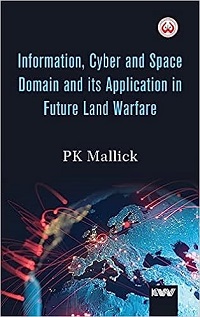


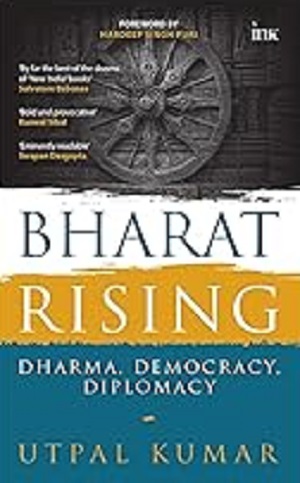

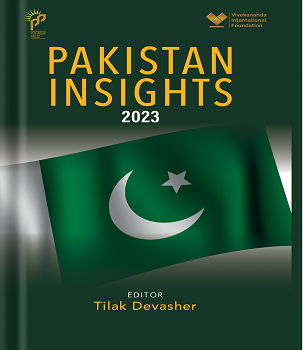
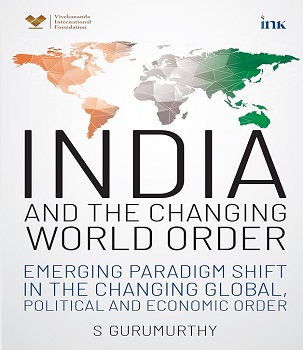
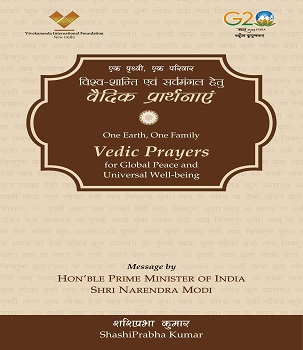

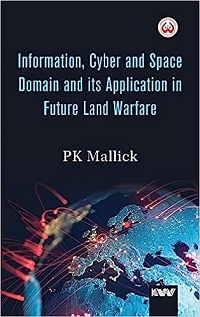
Post new comment